An SCR system reduces hazardous nitrogen oxides (NOx) by using ammonia (NH3) and a catalytic converter. The term SCR stands for Selective Catalytic Reduction, which means that the ammonia only reacts with the nitrogen oxides under the influence of the catalytic converter material and not with other substances in the exhaust gases. Xeamos SCR systems operate with standard aqueous urea solutions (AdBlue, AUS32/40 or DEF) that decompose at temperatures above 200°C and supply the required ammonia to the process.

SCR system
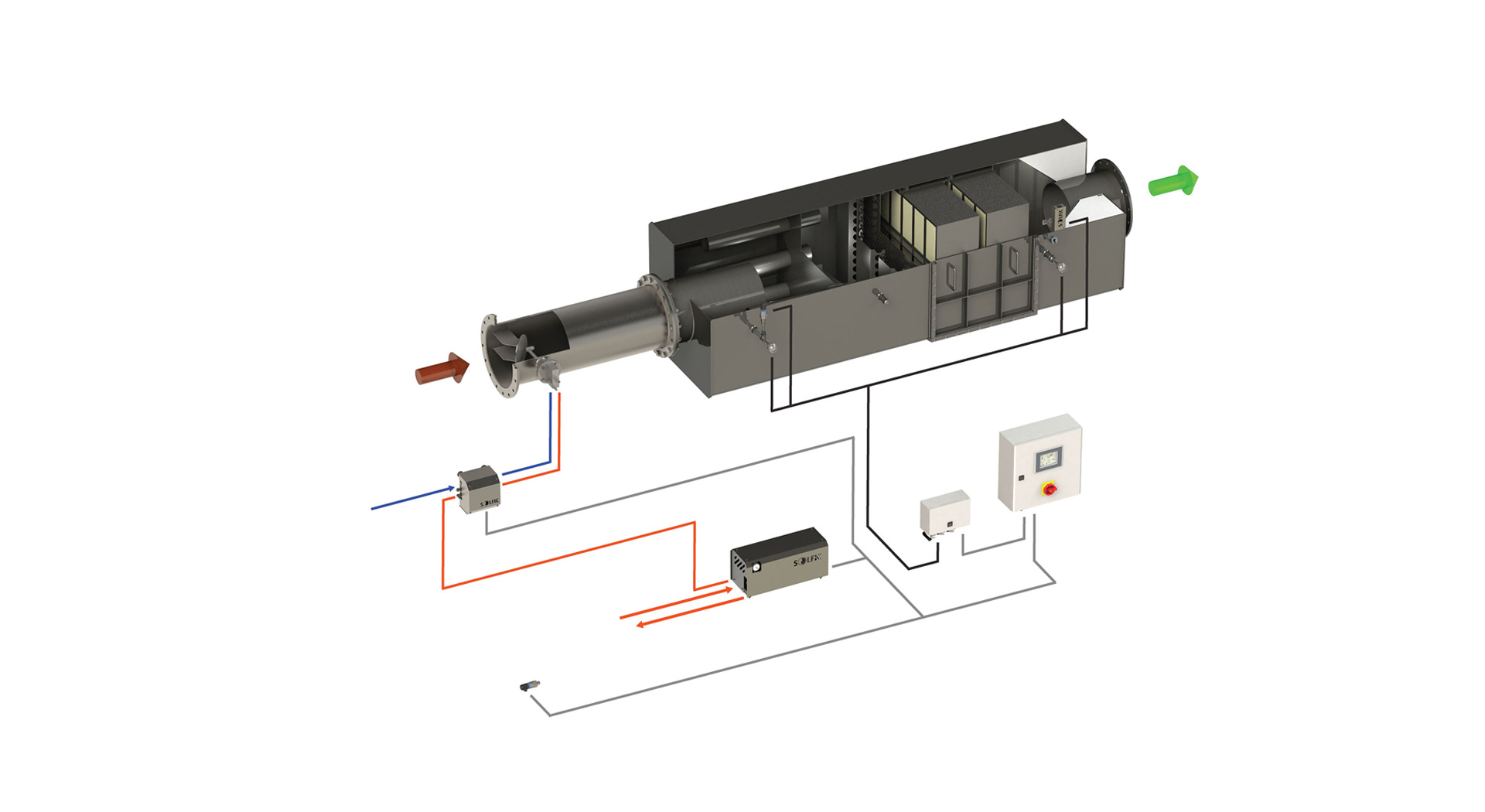
Catalyst
The type of catalyst applied depends on the required NOx reduction, available space in the engine room, fuel type and engine exhaust characteristics. During the design process an optimum match is made between engine and catalyst type and required volume. This enables our engineer to design a compact as possible solution while taking into account the design constraints regarding available back pressure, fuel type and design life time.
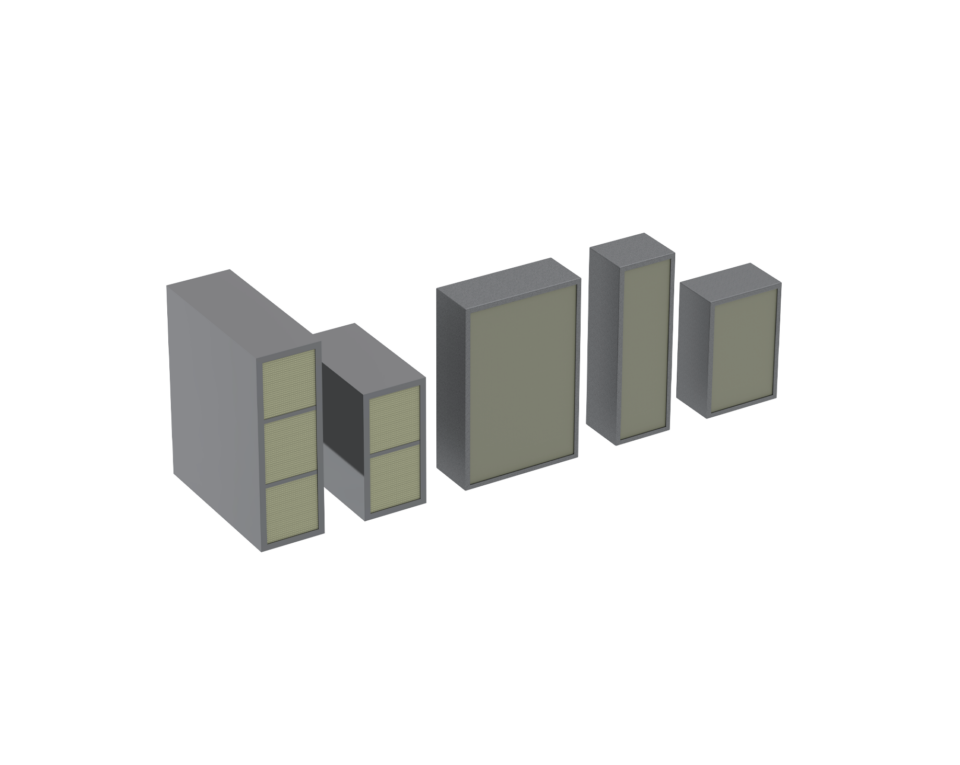
Urea injection
Xeamos urea injection systems use pressurised air atomization that is very reliable and allows a high urea injection rate per injector. The urea droplet size is very small which enables SCR operation at temperatures down to 230C with ultra low sulphur fuels. Depending on the geometry of the reactor housing one or multiple injectors can be applied. All system parts such as injectors, urea pumps and dosing units have been developed in-house.
Airless injection can also be applied for the next-generation modular SCR systems for engines below approx. 800 kW.
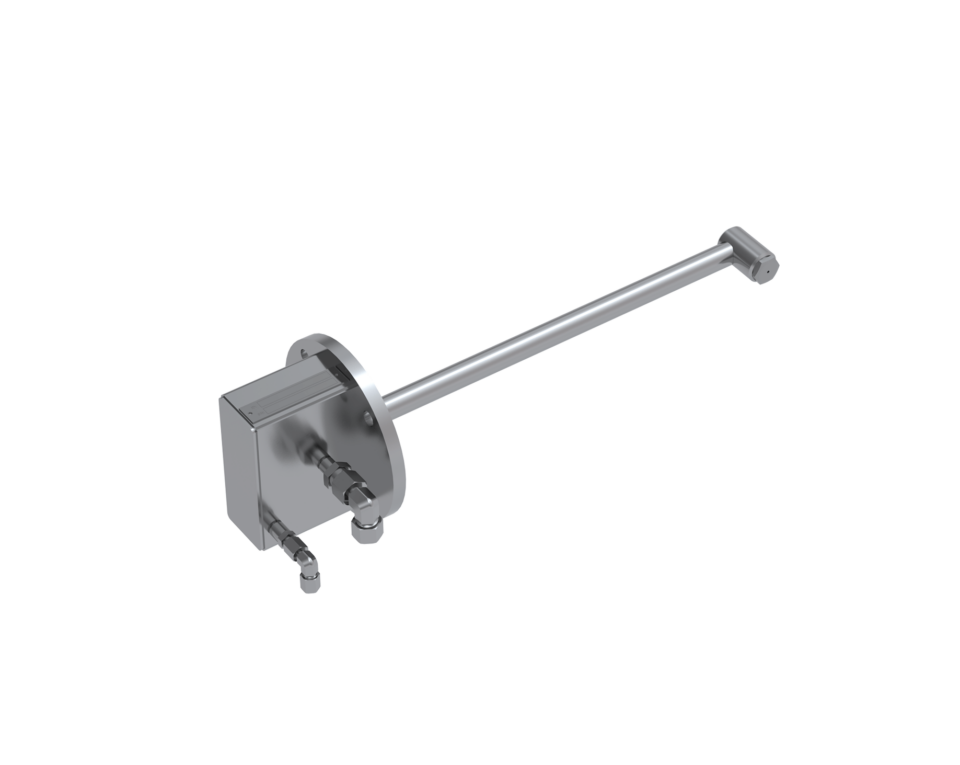
Controls
An SCR system is complex to control in all circumstances. The right amount of urea has to be injected to guarantee the correct emission reduction while preventing any ammonia slip from over-dosing. Dosing parameters are therefore adjusted for each specific engine. The system control and monitoring are performed by a state-of-the-art PLC-based closed-loop control system with advanced NOx Control Diagnostics (NCD). This means that the system is tamper-proof, meeting the requirements of the applicable legislation. Xeamos control systems are designed to meet all relevant industry standards and ensure a reliable and safe operation. The controller allows for easy communication or integration with the plant’s control system and provides various communication protocols. Xeamos systems offer remote monitoring to support local maintenance staff.
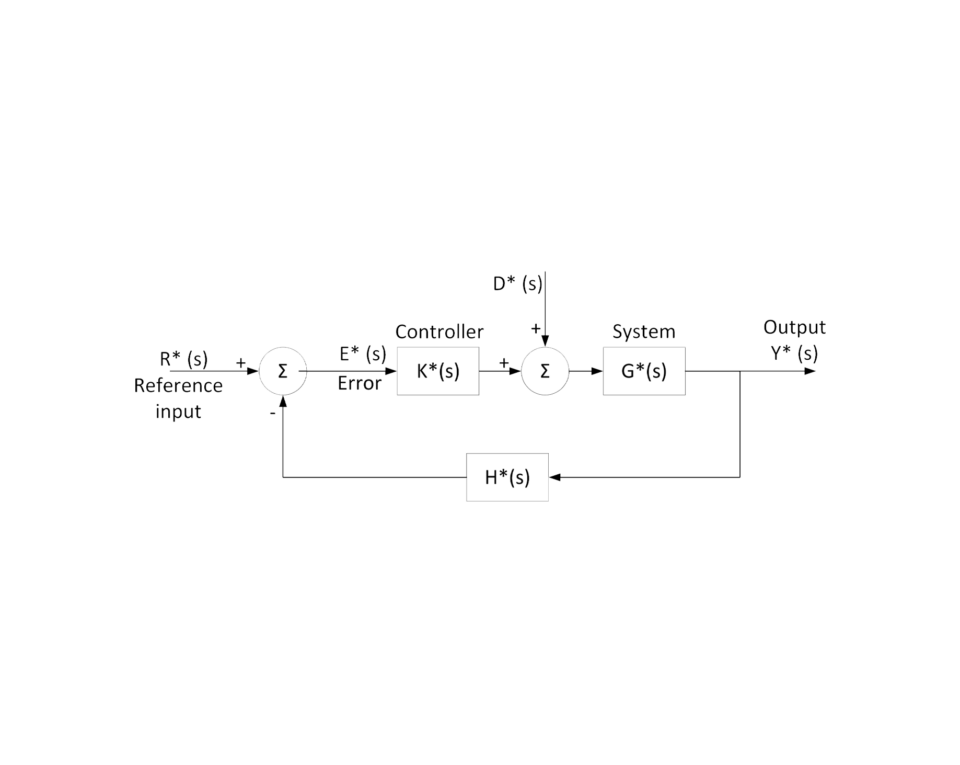
Reactor housing design
The reactor housing for our SCR and/or DPF systems is designed for the specified operating conditions. The pressure drop, flow uniformity and temperature distribution are accurately simulated using advanced CFD software. Mechanical stress calculations are made with our FEM software tools using worst-case scenarios of maximum exhaust temperatures and pressures. The effect of fatigue on the steel has to be taken into account to prevent any premature failure of the system due to pulsations or vibrations. Different (stainless) steel types can be applied depending on the application and customer requirements.
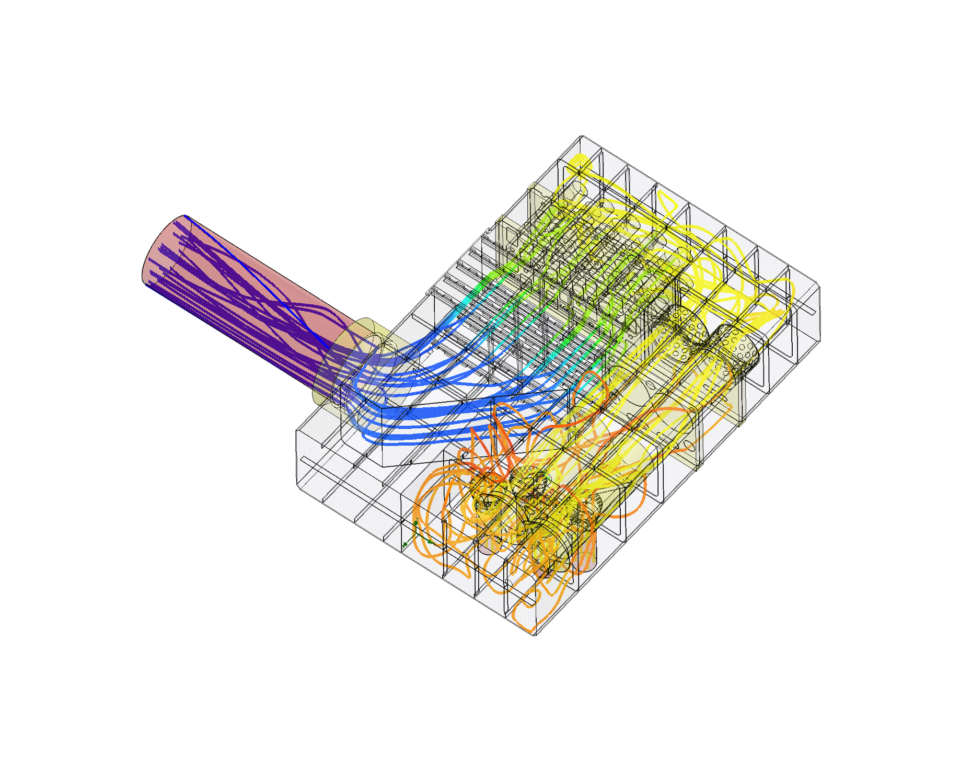
Sound attenuation
Using our knowledge of acoustics, we offer solutions to integrate DPF, SCR and silencers according to your requirements. The sound attenuation is tuned to the engine characteristics to give an optimum reduction of the ignition frequencies and its harmonics, suppressing that annoying exhaust hum.
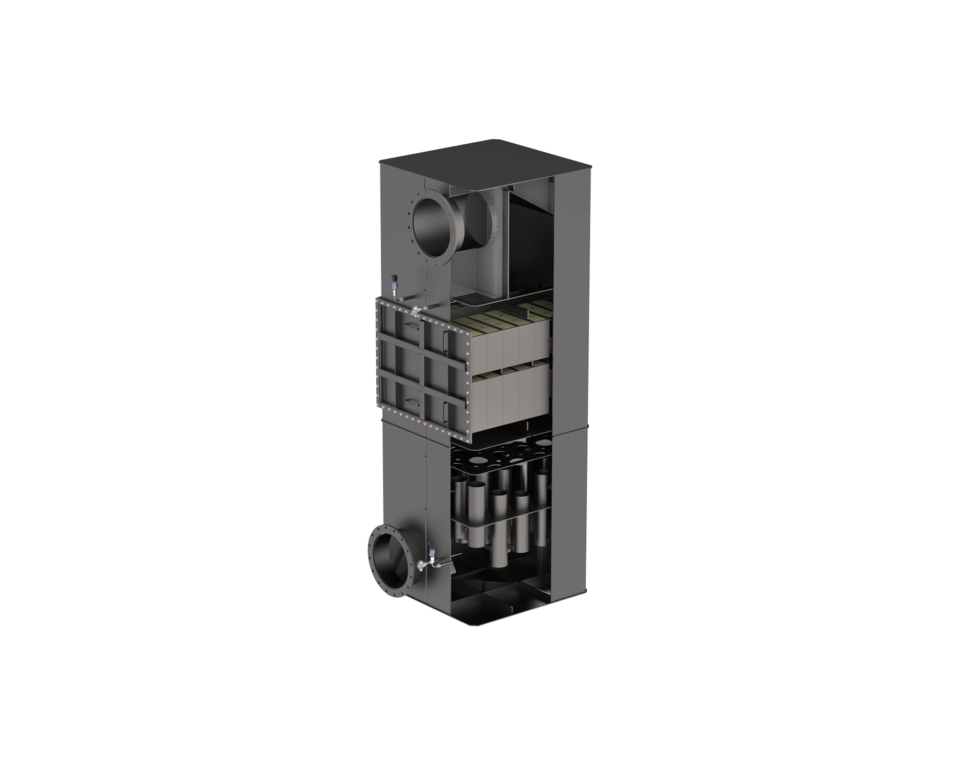
Relevant products
Click to download pdf productsheet